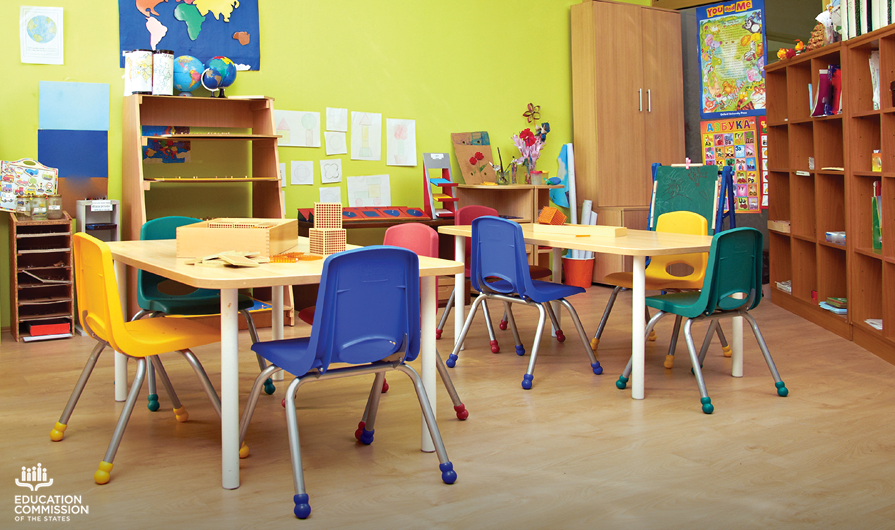According to the National Center for Education Statistics, approximately 14% of students in the United States receive special education services under the Individuals with Disabilities Education Act. Students who receive special education services have experienced tremendous and unique educational hardships because of the COVID-19 pandemic.
A May 2020 survey of parents of children who receive special education services found that only 20% of parents reported their children were receiving all of the services their children needed, while 40% of parents reported their children were not receiving any services. The survey also found that access to special education services for children varied greatly by socioeconomic status. Families with lower incomes were less likely to report receiving additional special education services than students from families with higher incomes.
EdResearch for Recovery’s June 2020 brief noted that “studies conducted before the pandemic suggest that many students with disabilities require additional face-to-face instructional time to make academic progress”; it also explained that there was a decrease in the quality of instruction during the COVID-19 pandemic for students who use special education services. A survey by RAND found that a majority of teachers felt that they did not receive sufficient guidance for conducting remote teaching with students receiving special education services. An article from Education Week discussed that nearly two-thirds of teachers struggled to satisfy the requirements of students’ individualized education plans during remote instruction.
Given the difficulty of providing quality services during distance learning, some local and state education agencies have placed an emphasis on returning students who receive special education services to in-person instruction. By March 2021, 52% of schools with eighth graders and 45% of schools with fourth graders reported prioritizing in-person learning for students with disabilities.
States have ranged widely from 9% of Michigan’s students with disabilities receiving in-person instruction to 62% of the students with disabilities population in Virginia. Racial disparities exist in access to in-person instruction for students who receive special education services. Schools that serviced higher proportions of students of color were more likely to offer remote-only instruction than schools with higher proportions of white students.
The federal government has provided ongoing guidance and funding to states for special education services in response to the COVID-19 pandemic. The American Rescue Plan provides $2.5 billion in grants to states under part B of IDEA, $200 million in preschool grants under section 619 of IDEA and $250 million in grants for toddlers and infants under Part C of IDEA. In addition, states and school districts can use the Elementary and Secondary School Emergency Relief funds for IDEA services and accelerating student learning.
The Biden administration’s fiscal year 2022 budget proposal seeks to increase funding for IDEA grants by $2.6 billion dollars. The proposal also calls for a $250 million increase in funding for early intervention services for toddlers and infants who are experiencing developmental delays or disabilities. The U.S. Department of Education’s COVID-19 Handbook explains that efforts to increase instructional time for students who receive special education services are supplemental educational opportunities and that schools are obligated to follow students’ individualized education plans and Section 504 plans.
States have also taken recent action in response to the COVID-19 pandemic for students receiving special education services. They’ve often focused on additional instructional time to make up for interrupted learning during the COVID-19 pandemic. At least six bills have been introduced that would provide exemptions for or make adjustments to the maximum age requirement for special education students to continue receiving services: Delaware, Illinois, New Jersey, New York, Oregon and Pennsylvania. However, state legislative actions were not limited to temporary eligibility adjustments. The Maryland legislation requires individualized education plans to include contingency plans in case of emergencies.
States may want to keep these and other approaches to addressing the unique needs of students with disabilities in sight as they look toward creating more equitable education systems for the future.










